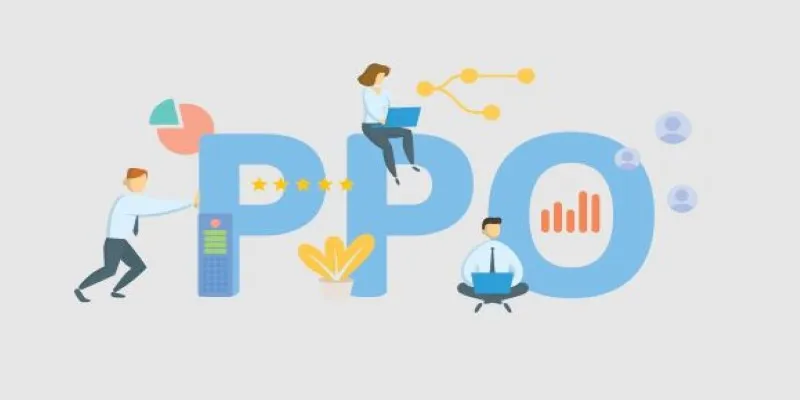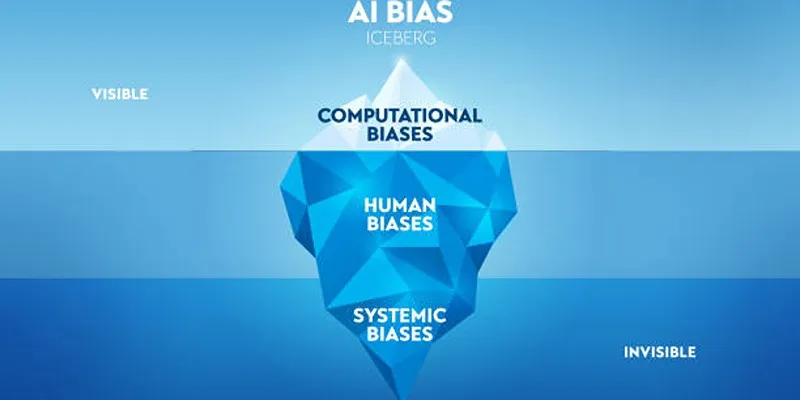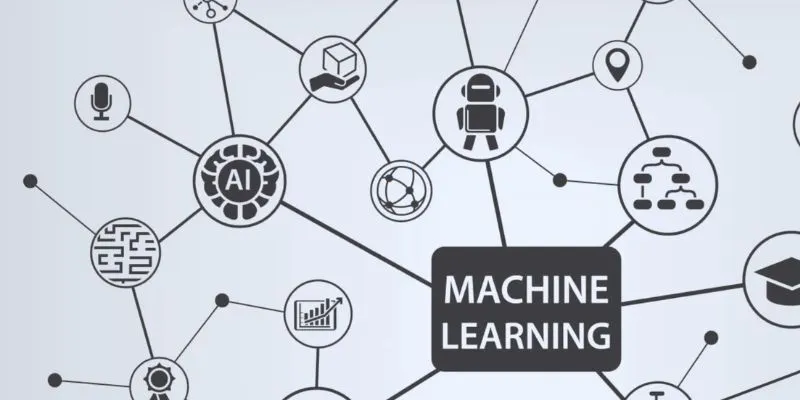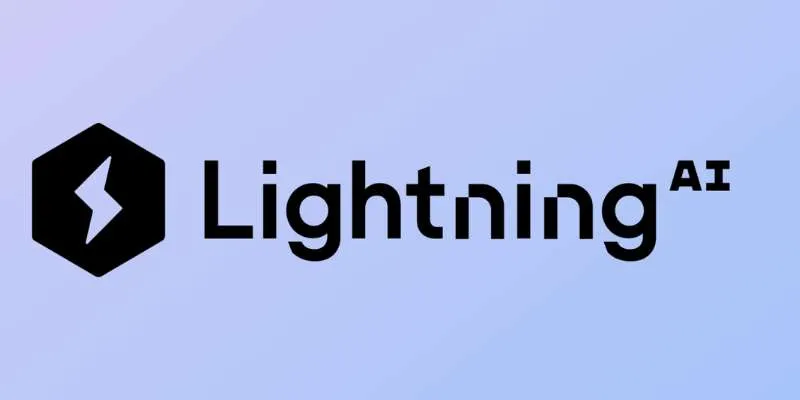Reinforcement learning can seem abstract, but it’s essentially about helping machines make better decisions over time. One algorithm that’s gained steady popularity in this space is Proximal Policy Optimization (PPO). It’s designed to improve how machines learn through interaction, aiming for balance: fast enough to learn useful behaviors but stable enough not to break during training.
PPO has become a favorite in both research and applied machine learning because it offers solid performance without the complexity of older algorithms. It’s practical, adaptable, and easier to implement in real-world environments compared to earlier methods.
The Role of PPO in Reinforcement Learning
Reinforcement Learning (RL) involves agents making decisions to maximize long-term rewards in an environment. Learning a good policy—essentially a strategy for choosing actions—is difficult when outcomes aren’t immediate. Policy gradient methods try to improve this by gradually adjusting the agent’s strategy based on how good its decisions turn out to be. However, older versions, like vanilla policy gradients, were often unstable. Trust Region Policy Optimization (TRPO) improved stability but was computationally heavy and hard to scale.
PPO was developed as a simpler alternative that still maintained reliability. It introduced a way to limit how much the policy can change during training, avoiding the erratic behavior often seen in previous methods. PPO focuses on improving the agent’s decisions without letting them veer too far off course at each step. This approach has made it one of the most widely used methods in modern reinforcement learning.
How Proximal Policy Optimization Works
PPO improves learning stability through a clipped objective function. In basic terms, this function discourages updates that change the agent’s policy too much in one go. It calculates a probability ratio between the new and old policies. If the new policy is too different, PPO reduces the impact of the update. This check helps prevent policy collapse, where the agent adopts extreme or unproductive behaviors.

The algorithm is designed to be sample-efficient. PPO reuses data by performing several training steps on the same batch rather than discarding it after a single update. This is helpful in environments where data collection is expensive or slow. It’s also compatible with both continuous and discrete action spaces, allowing it to handle a wide range of tasks.
Another benefit is that PPO avoids complex calculations, such as second-order derivatives, which TRPO relied on. This makes it much easier to implement using libraries such as PyTorch or TensorFlow. It supports mini-batch learning and works well with actor-critic architectures, which separate the decision-making and evaluation parts of the model.
In essence, PPO updates its strategy in a measured way. It doesn’t make drastic moves, which helps maintain consistent learning and reliable performance.
Strengths and Limitations of PPO
PPO performs well in environments that involve continuous control, such as robotics simulations or game environments with complex dynamics. Its reliability makes it suitable for tasks where random spikes in behavior could lead to failure. Because of its ability to generalize across a variety of conditions, it’s been adopted in research, gaming, and industrial AI systems.
Its simplicity also allows for faster experimentation. Developers don’t need to spend excessive time tuning settings just to get the model to learn something useful. PPO handles many of the challenges in reinforcement learning with fewer moving parts compared to more technical methods like TRPO.
That said, PPO isn’t perfect. Its conservative updates can slow down exploration in environments with sparse rewards, where useful feedback is rare. In such situations, the algorithm might stick too closely to what it already knows, missing out on better strategies.
It also has a few hyperparameters that can affect performance, including the clipping threshold and the number of epochs. While it’s more forgiving than some older methods, tuning still matters. Poor choices can reduce efficiency or cause training to plateau.
Still, for many applications, PPO offers a strong balance. It’s not the most aggressive learner, but it tends to be consistent, which often matters more in real-world tasks.
Real-World Use and Adoption of PPO
You’ll find PPO in use across a wide range of environments, from game-playing agents in OpenAI Gym to robotic simulations in Unity ML-Agents. Its general reliability and relatively low setup cost make it appealing to both new learners and experienced developers. Since it works with actor-critic frameworks and supports both discrete and continuous actions, it’s flexible enough for many types of problems.

As a reinforcement learning algorithm, PPO has become the default choice in many settings. It doesn’t demand exotic architectures or special hardware and can produce solid results across different domains. In many cases, PPO is the first method tried on a new problem, not because it’s always the best, but because it usually works well enough to set a benchmark.
However, there are times when other methods, such as Soft Actor-Critic (SAC) or Deep Deterministic Policy Gradient (DDPG), outperform PPO—especially in environments that require aggressive exploration or where continuous action control is more refined. But unless the task is especially tricky, PPO holds up well and is easier to debug and iterate on.
Its wide adoption means there’s strong community support and lots of documentation, which is especially helpful for developers and researchers who want to test new ideas without building everything from scratch.
Conclusion
Proximal Policy Optimization succeeds because it keeps things steady. It’s neither the flashiest nor the fastest, but it avoids the pitfalls of earlier methods while delivering dependable performance. With its clipped updates and data reuse, PPO focuses on small but consistent improvements. This makes it a useful and practical reinforcement learning algorithm for many types of tasks. It’s not without its challenges—particularly when exploration is key—but its strengths make it a top choice in both research and applied AI. For developers looking for an effective balance between ease of use and strong results, PPO is a smart tool to start with and continue building on as the field evolves.
 zfn9
zfn9





















